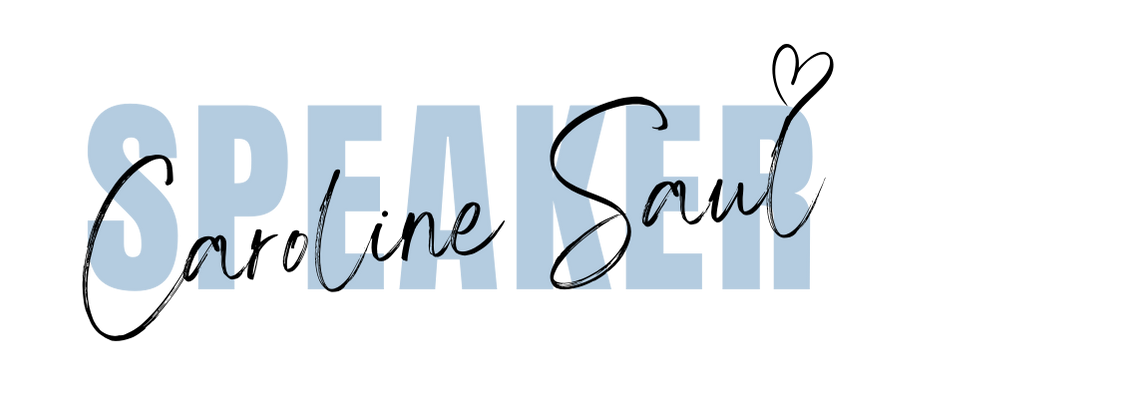the construction of the ideal victim in the media

The portrayal of victims in the media is a crucial aspect of public discourse surrounding crime and victimisation. This blog examines the construction of the “ideal victim” in media representations and its implications for professionals working in victim support and the criminal justice system.
Drawing on theoretical frameworks and empirical research, we explore how societal norms, cultural values, and media imperatives shape the portrayal of victims, highlighting the characteristics and traits associated with the ideal victim. We also discuss the impact of media portrayals on public perceptions, attitudes, and policy responses towards victimisation. Finally, we offer recommendations for professionals to navigate media representations of victims ethically and effectively, with a focus on promoting empathy, understanding, and support for all victims of crime.
An explanation for the fear of public crime is that people use their personal experience or the experience of others on their social networks to decide whether or not they should be concerned with crime (Romer et al., 2003; Sacco, 1995).

The portrayal of victims in the media plays a pivotal role in shaping societal perceptions of crime and victimisation. This blog explores the construction of the “ideal victim” in media representations and its far-reaching implications for professionals operating within victim support services and the criminal justice system.
In media narratives, the concept of the ‘ideal victim’ often portrays individuals as embodying innocence, vulnerability, and deserving of justice. However, consider the plight of children in care who fall prey to sex trafficking, or individuals displaced by war and sold into slavery for less than £200. Similarly, those affected by social circumstances leading to homelessness, degradation, or violence face immense challenges. These victims are often depicted as having no involvement in illegal activities and are seen as unable to defend themselves against their assailants. However, in media portrayal, their victimhood is sometimes attributed to their social circumstances or the consequences of their actions. Conversely, victims who deviate from societal norms or have a criminal past may encounter heightened scrutiny and victim-blaming in media coverage.

Implications for Professionals
Media portrayals of victims significantly influence public perceptions, attitudes, and policy responses towards victimisation. Cases involving ideal victims often receive heightened media coverage, leading to calls for more stringent sentencing laws and increased resources for victim support services. However, non-ideal victims, those who fail to conform to societal expectations or lack media attention, may encounter challenges in receiving equitable treatment within the criminal justice system. Moreover, the criminal justice system operates within its own framework of priorities, which may not always align with the needs and experiences of victims. Victims may struggle to have their voices heard within this system, particularly if their cases are deemed “not in the interest of the public” or lack media visibility. Professionals must confront these challenges and push for fairer practices in the criminal justice system, ensuring accurate representation of victims and their experiences.

Recommendations
Professionals within victim support services and advocacy groups hold a pivotal role in challenging and reshaping media representations of victims. By promoting empathy, understanding, and support for all victims of crime, they play a crucial role in combating stereotypes and biases perpetuated by the ideal victim narrative. Collaborating with media outlets to ensure responsible and ethical reporting practices, prioritising the voices and experiences of victims and their families, is integral to this process.
While the primary responsibility for enforcing fair treatment may not fall directly on the criminal justice system, professionals within victim support services actively contribute to an inclusive and supportive response to victims of crime in society.

